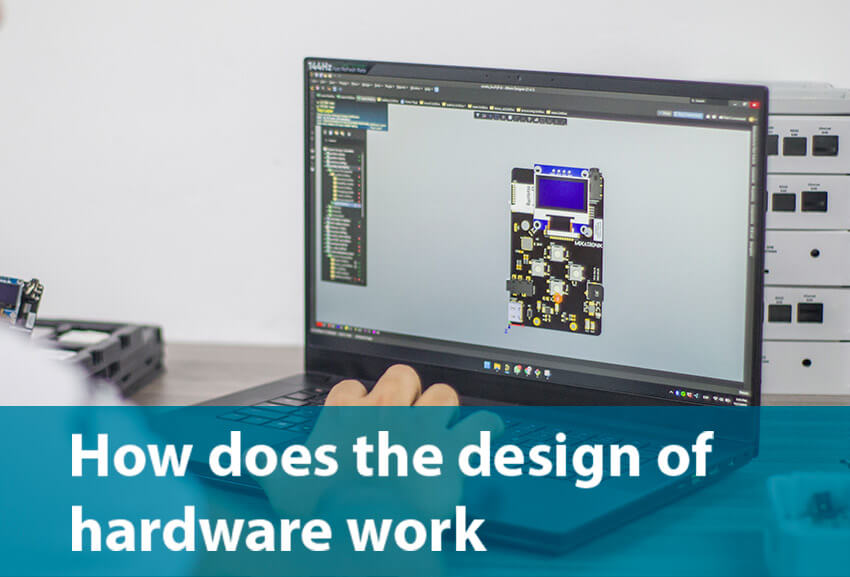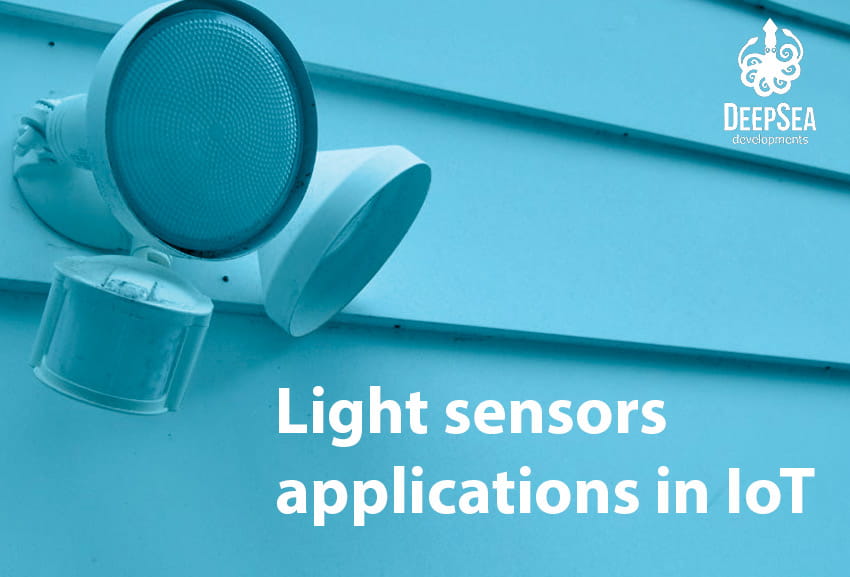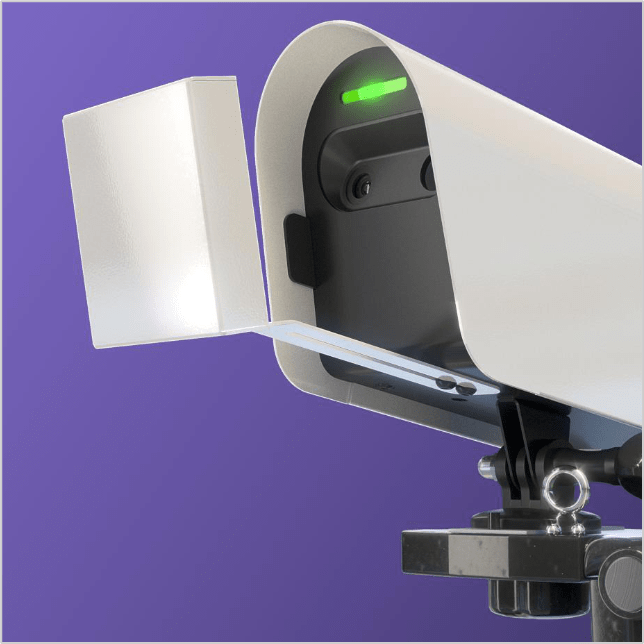Let’s analyze in this article the different steps for the design of hardware. This way you can understand what stage your idea or project is, and what you can do to give it the proper boost.
Of course, you may need the help of a hardware designer, a person that has deep knowledge of electronic product design. And that can design and develop systems and their components.
The hardware design process and the idea
A bad idea can cause a lot of issues when trying to “solve” a problem or need, on the other hand, a good idea will be more likely to bring solutions to a specific problem.
Hardware design has to consider how viable the idea is. If this is not well taken care of, the hardware may be developed, but it won’t perform well in the market.
Maybe you got the idea from a competitor, and you think this is good enough to start designing and building your hardware, but it doesn’t work like that; no two projects are alike.
You need to outline the specifications of your project:
- Main features
- Target customer
- Problem you want to solve
- Products of the competition
- Functionality of the product
- Extended features
By doing this, you set the rules of what your project has to include to be successful. However, you need to consider two things. One, that you need to be objective with your business idea, and second, if you hire hardware design services, you need to establish an agreement with the engineering team regarding your specifications.
If your want to go deeper with the specifications of your product, you can provide the following information as well:
- The main use of your product, its size and battery performance.
- Possible integration with other devices, APIs, or technologies.
Designing the hardware
Once your idea is validated, the next step is designing the hardware. In this case, an engineer can start working on existing hardware to test the functionalities you want your device to have, and lay out how every component of your hardware will be connected using a schematic or diagram; this can be done in a CAD software.
This is often called a proof of concept. The point of this is to be sure your idea is feasible in two aspects: features and technology. This is done by using breadboards, microcontrollers, jumper wires, and sensors.
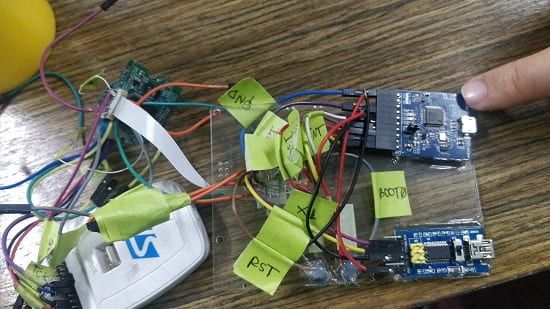
After the above is completed, the goal is to develop a hardware architecture and design prototype electronics. This may include multiple versions of a brass board or rapid PCBs.
Trying out your idea through small-batch manufacturing is a smart way to quickly test if your hardware design and PCB board work the way you want them to.
This step also needs to provide a BOM (Bill Of Materials). This is a shopping list of all the mechanical and electronic components you need to buy for building your project.
Hardware prototyping
Once the previous step is done. It is necessary to advance to a crucial step of the design of hardware, which is hardware prototyping (See our hardware prototyping guide).
The goal here is to confirm that your product provides a seamless user experience. Your hardware must be put through a series of tests and comply with specific hardware certifications. The results of these tests will show which features are working well and adding value to your product.
By this stage, you may have the following components:
- A printed circuit board (PCB) and other electronic components.
- An embedded Firmware in its initial stage. This is the coding that controls the hardware.
- Software (initial stage), or an app to control the hardware from your phone or pc.
- An enclosure for the hardware: plastic, metal or any other material.
PCB
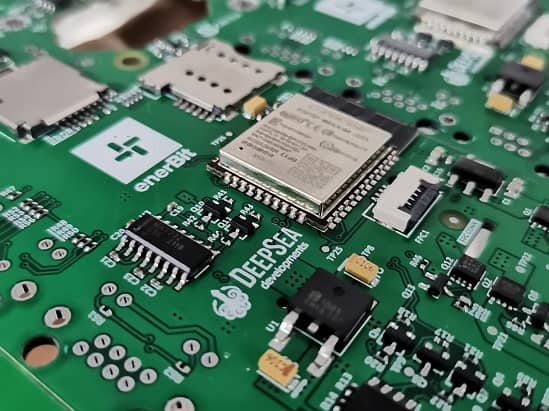
Many aspects condition the complexity of the PCB: How small your hardware or device is, if it has wireless features, amount of current it consumes, and battery size.
Enclosure

The enclosure of the hardware can be designed by an industrial engineer, that way you guarantee your hardware can be tested with a close to final version look.
The complexity of this design depends on the necessity you have with your hardware. For instance, if you consider you only need to test the hardware alone, the enclosure won’t be needed. However, if you want to start showing this hardware to potential customers or investors, you may have to consider getting a good 3D printing of an enclosure and adapt it to your hardware to make it more attractive.
In this stage of the hardware design process, it is important to consider rapid prototyping services to print additional parts you may need for your prototype.
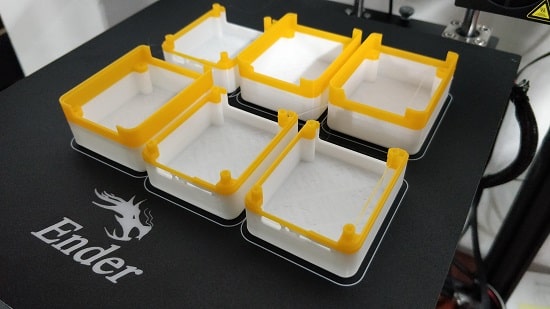
Firmware design
Another important thing to consider is the firmware that will give life to your hardware. Some people don’t know the difference of firmware vs software, and this is crucial to understand the process of hardware design. The easiest way to know which one you need is by analyzing the main goal of your product or device.
The firmware may not be fully developed by the prototyping phase. Bear in mind that many bugs or issues may appear, and they will need to be addressed during another engineering process carried out by the firmware development company.
Design of hardware results
Once the above steps are completed, you should have the following:
- Document with all specifications of the hardware design, features, functionalities, size, integrations.
- Design of the enclosure, and circuit board.
- Firmware development.
- Software development (Optional).
All steps that are carried out in the design of hardware are crucial to guarantee a successful development process.
As you could see, everything starts with an idea, but you have to analyze which stage is the best for you.
For instance, let’s say you have a good PCB, and the design of the prototype, however, you realize the next phase will require a change in some components of the PCB (due to a chip shortage or new technologies available), so it will be necessary to make new iterations, and probably rewrite the firmware to control the new electronic components.
Do you need to plan the budget of your hardware device?
Download our Prototyping Costs Quick Guide, analyze in which stage your device is, and plan your budget for hardware development accordingly.
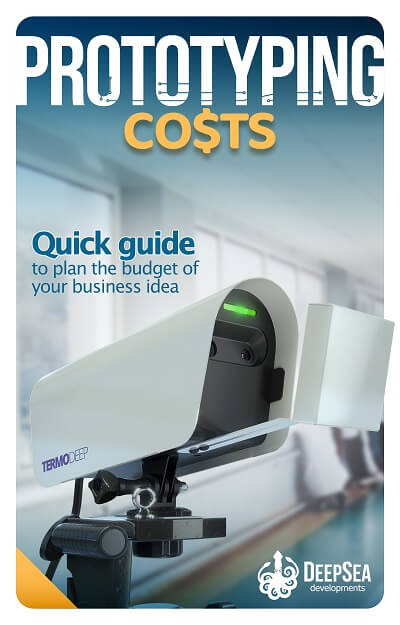
Hardware redesign
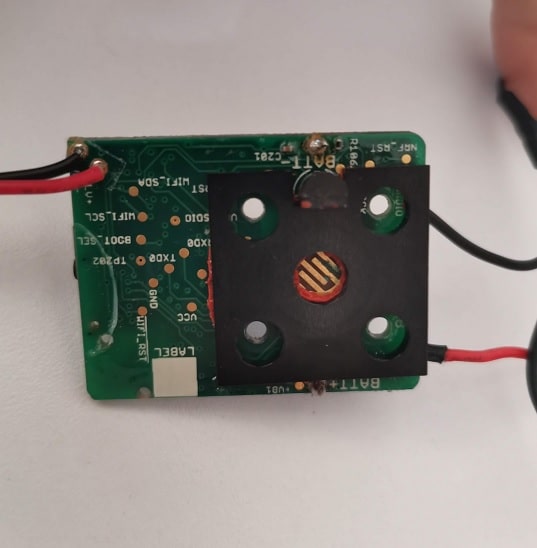
DeepSea Developments has helped many startups to redesign their hardware. Sometimes a project suffers delays, not because the engineering team or the outsourced product development company didn’t meet the deadlines, maybe it has been due to budget constraints, or lack of technological resources.
These reasons affect the possibility of developing the hardware, since there may be new technologies or developments that can be implemented, and therefore, reduce costs of manufacturing the product, or improve the hardware’s performance.
Even though you have a great hardware design, it would be necessary to do a quick check, and analyze if additional adjustments may be needed before advancing to the hardware development process.

